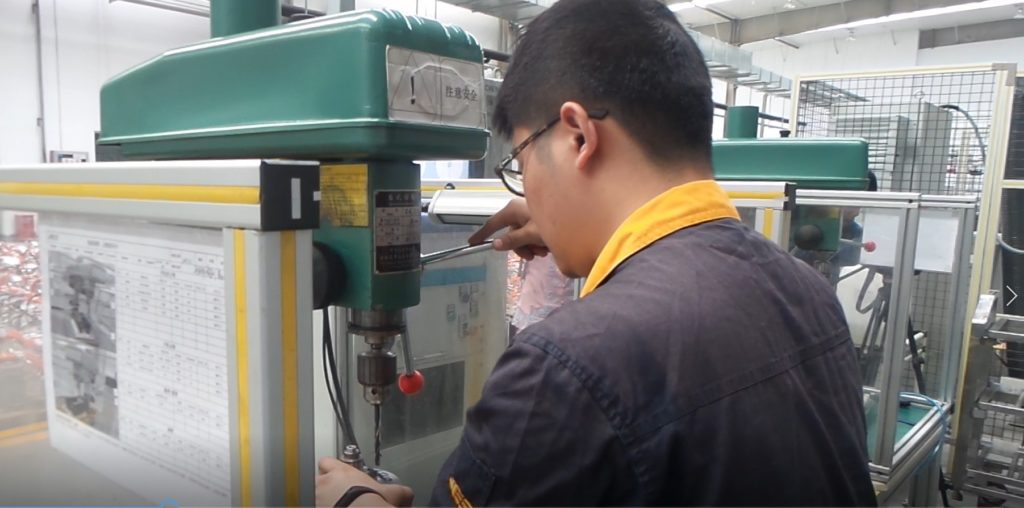
MANILA, April 28 – Economic growth in developing Asia is set to rebound to 7.3 percent his year, supported by a healthy global recovery and early progress on coronavirus disease (COVID-19) vaccines, according to a new report from the Asian Development Bank (ADB).
This follows a 0.2 percent contraction last year, a statement issued by the ADB today said.
Citing ADB’s flagship economic publication, Asian Development Outlook (ADO) 2021, released today, the statemen said the region’s growth is forecast to moderate to 5.3 percent in 2022.
Excluding the newly industrialized economies of Hong Kong, China; the Republic of Korea; Singapore; and Taipei,China, developing Asia’s economic activity is expected to grow 7.7 percent sthis year and 5.6 percent in 2022.
“Growth is gaining momentum across developing Asia, but renewed COVID-19 outbreaks pose a threat to recovery,” said ADB Chief Economist Yasuyuki Sawada. “Economies in the region are on diverging paths. Their trajectories are shaped by the extent of domestic outbreaks, the pace of their vaccine rollouts, and how much they are benefiting from the global recovery.”
Rising exports are boosting some economies in developing Asia amid strengthening global economic activity, including a rebound in manufacturing. Progress on the production and delivery of COVID-19 vaccines has contributed to this momentum, but the pandemic remains the biggest risk for the region as potential delays in vaccine rollouts or significant new outbreaks could undermine growth. Other risks include increasing geopolitical tensions, production bottlenecks, financial turmoil from tightening financial conditions, and long-term scarring—for instance, learning losses due to school closures.
Most economies in developing Asia will see healthy growth this year and in 2022. Central Asian economies are forecast to grow 3.4 percent on average this year and 4.0 percent next year. The trade-dependent economies of Southeast Asia will also recover, with the subregion forecast to grow 4.4 percent this year and 5.1 percent in 2022 after contracting 4.0 percent in 2020. Pacific economies, still affected by global travel restrictions and a collapse in tourism, will post modest growth this year at 1.4 percent, before expanding by 3.8 percent next year.
Strong exports and a gradual recovery in household consumption will boost economic activity in the People’s Republic of China (PRC) this year. The country’s gross domestic product (GDP) is forecast to expand 8.1 percent in 2021 and 5.5 percent in 2022.
East Asia’s GDP is expected to grow 7.4 percent in 2021 and 5.1 percent in 2022.
India’s economy, meanwhile, is expected to grow 11.0 percent in fiscal year (FY) 2021, which ends on 31 March 2022, amid a strong vaccine drive. However, the recent surge in COVID-19 cases may put this recovery at risk. India’s GDP is expected to expand 7.0 percent in FY2022. This year, South Asia’s GDP growth is expected to rebound to 9.5 percent, following a 6.0 percent contraction in 2020, before moderating to 6.6 percent next year.
The report also examines the costs of pandemic-induced school closures across developing Asia. Countries are using distance learning, but this is only partially effective as many students lack access to computers and the internet. These disruptions will affect the skills students acquire and, eventually, their productivity and earnings as future workers.
ADB is committed to achieving a prosperous, inclusive, resilient, and sustainable Asia and the Pacific, while sustaining its efforts to eradicate extreme poverty. Established in 1966, it is owned by 68 members—49 from the region.